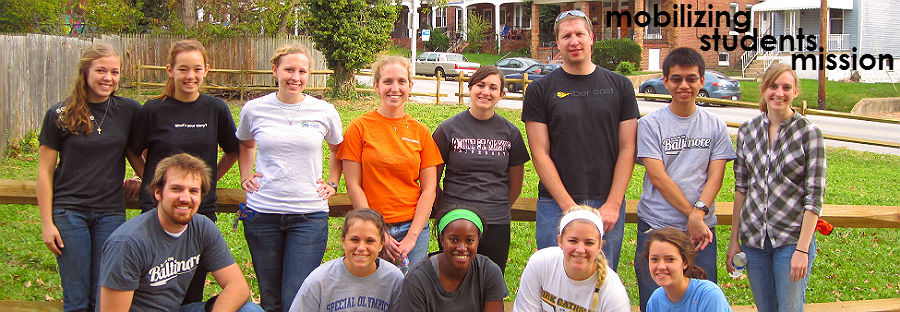Redefining the Role of the Youth Worker by April Diaz.Loved tracking with Newsong Church for a few years on and off and I think they are definitely on to something here. The characteristics about national youth culture are right on, especially the one about students being so busy and tracking activities that will help with college. It's all the more powerful if you are in an affluent, suburban, achievement focused context - hello Howard County... And one more point about those characteristics, I've noticed these changes in fairly recent years, and they are subtle but contextually important. Even in a short 10 years, the students I led back then weren't even close to being as busy as they are today. So I'm making that observation as a youth worker and as a parent. These facts must inform how you disciple students.
+ 3 current overarching characteristics of national youth culture and the specific ways they played out in our local context:
1 - We live in a coffeehouse culture. More 'attractive' youth ministry doesn't work like it used to.
- Bigger isn't better. Relational closeness and depth is far more effective (even if it's fabricated intimacy from social media connections.)
- Relational boldness and challenging our students' faith are priorities.
2 - Family systems value education and college resume building more than church involvement.
- The church doesn't dictate involvement. Students select what they will achieve and what will better their future success.
- 'If you build it, they will come' doesn't work unless it adds explicit value to their lives.
- If the church can respond to the culture through service hours and leadership development, this will add value to the students' resume building. This will speak to the real and felt needs of students.
3 - Focus activities or eliminate programming because students are too busy to gather more than once per week.
- Asking students to meet as a youth group during the week is complicated.
- Retreats are mini-monastic experiences for students.
- Local and global experiences are priceless.
+ We articulated our goal as missional life together, while creating age-appropriate experiences that would prepare teenagers for the next season of their lives and engagement with the whole church community.
- Thinking about initiatives, not programs.
- Altering the 5:1 ratio, with five adults investing in every teenager, not just one adult ministering to five teenagers.
- Customizing the development of our juniors and seniors to more intentionally prepare them for life after high school.
+ In the big picture, the role we envisioned for our Student Integration Pastor was to contribute to and collaborate with the broader church for meaningful, intentional and mutual ways of integrating teenagers into the life of the church.
- third culture person
- intergenerational approach
- collaborative and big picture
- highly relational, not programmatic and segmented
- champion for teenagers
Our lead pastor, Dave Gibbons, frequently says we are a church for the "next" generation...
+ Fuller Youth Institute asked youth workers who'd participated in past Sticky Faith Cohorts to share about the mistakes they had made in leading change. The common responses were:
- Timing of the change - when change happens is just as important as what changes are proposed.
- Initiating too much change too soon - This can feel like whiplash if people aren't prepared to enter the change.
- Experimenting on the margins more - Instead of making changes that affect everyone right away, experiment by implementing changes within smaller groups before increasing the impact.
- Pushing for change too fast or not fast enough.
+ Two years later...
- a high school specific gathering on the first three Sundays of the month and then the students would attend the main service on the last Sunday of the month.
- giving our leaders permission - actually a mandate - to focus on the few. Traditional models of ministry pour the most resource investment (time, financial, energy) into the largest events or programs.
- The whole point of having a Student Integration Pastor is to debunk the notion that a paid youth ministry professional and volunteer team are the primary people who can care for and walk with teenagers in their faith journeys and only through innovative youth ministry programming.
Great short read that will get you thinking about the way your church interacts with your students.

Mmmmm interesting. Stuck out to me: the busy thing (so true! the only time i can find to get my high school girls to meet me is at 7 am, and then i drop them off at the high school after); relational depth and intimacy are valued; "permission to focus on the few".
ReplyDeleteAlso, the 5:1 ratio. I definitely felt like I had multiple adults pouring into me!! Sometimes I felt/feel guilty/greedy, but overall mostly just lucky... and like it made a huge difference.
ReplyDeleteyup its a good read. yeah those are subtle observations but if you execute on them, it's a big shift....
ReplyDelete